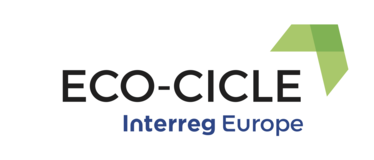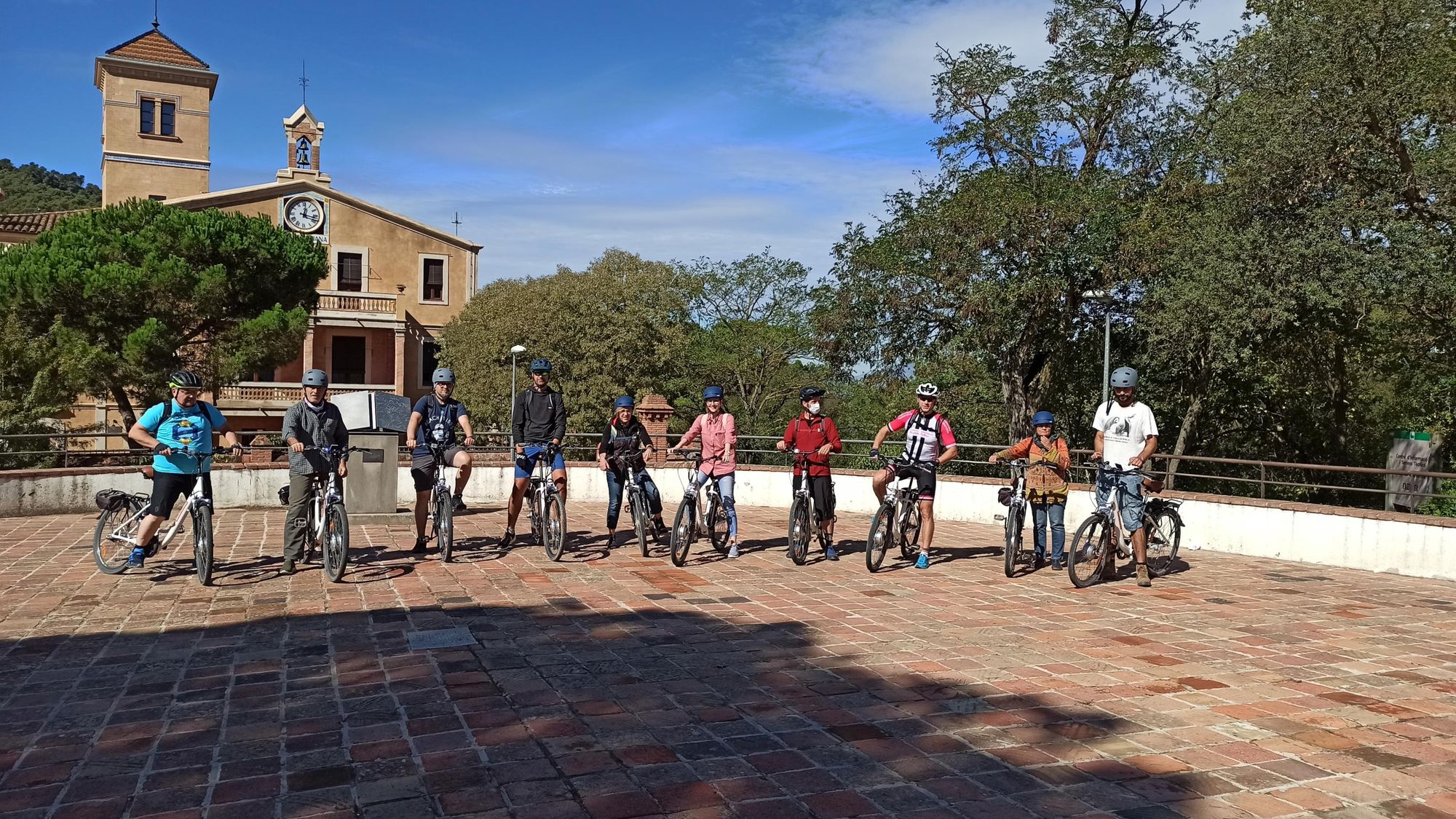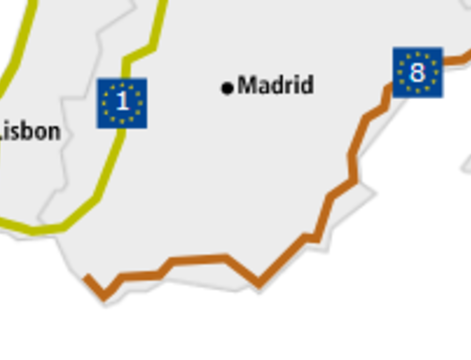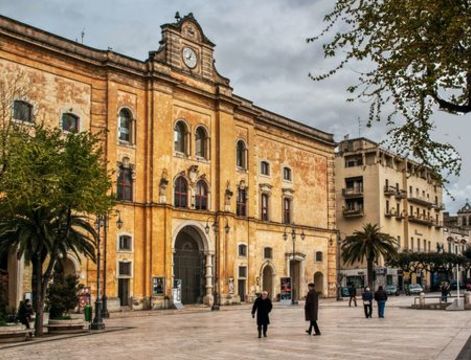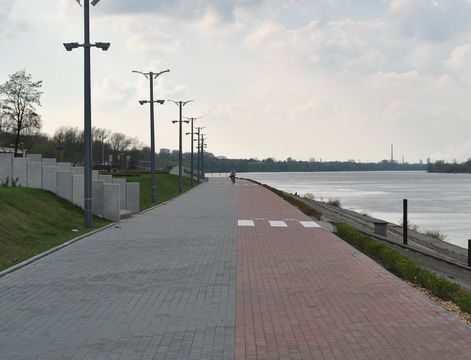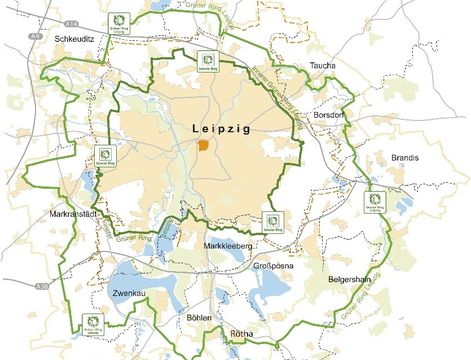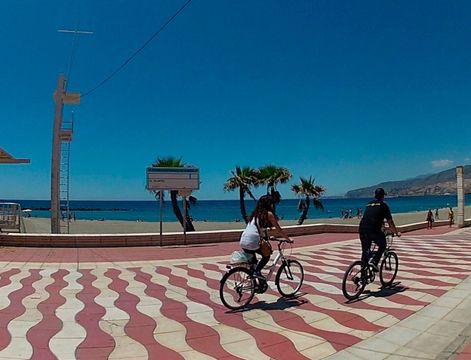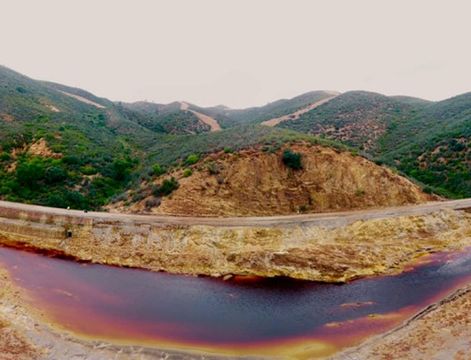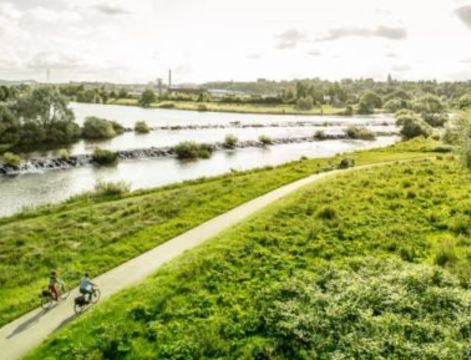The Diputación Provincial de Huelva in Andalusia is in charge of this good practice, the objective of which is to transform the Río Tinto Natural Pathway into a cyclable route of 102 km. The route will run through a unique landscape, from the source of the river in "La Peña del Hierro" to the remarkable endpoint "Muelle de la Rio Tinto Company Limited".
The development of this route through the Rio Tinto riverside is a real challenge due to the technical conditions: the cycle route goes through a unique ancient mining landscape that requires bridges or tunnel restorations and the protection of other heritage aspects located along the track. The process has started with a 5.5 km pilot project funded by a 400,000 euros investment from the Diputación de Huelva.
This good practice belongs to the ‘financing’ category because the technical challenge is strongly connected with funding difficulty. Future works will need imaginative and well-planned financial solutions to gather enough funds for the infrastructure. Works should comprise ground improvement for degraded areas due to ancient mining activities, taking into account the relevance of heritage items potentially impacted by such an activity.
This is a good example of an intervention in a degraded area as landscape has been shaped by the mining activities which took place here over several centuries. Today, after the disappearance of the commercial mining, the areas have suffered depopulation and underemployment despite their rich historical heritage. The uniqueness of the landscape, related to abandoned mining industry, can be an added value for tourism.
This good practice can be exported to extensive areas all over Europe with similar conditions following the decay of mining industry.
Find out more at qr.turismohuelva.org.
More information on this Good Practice can be found on this page.
